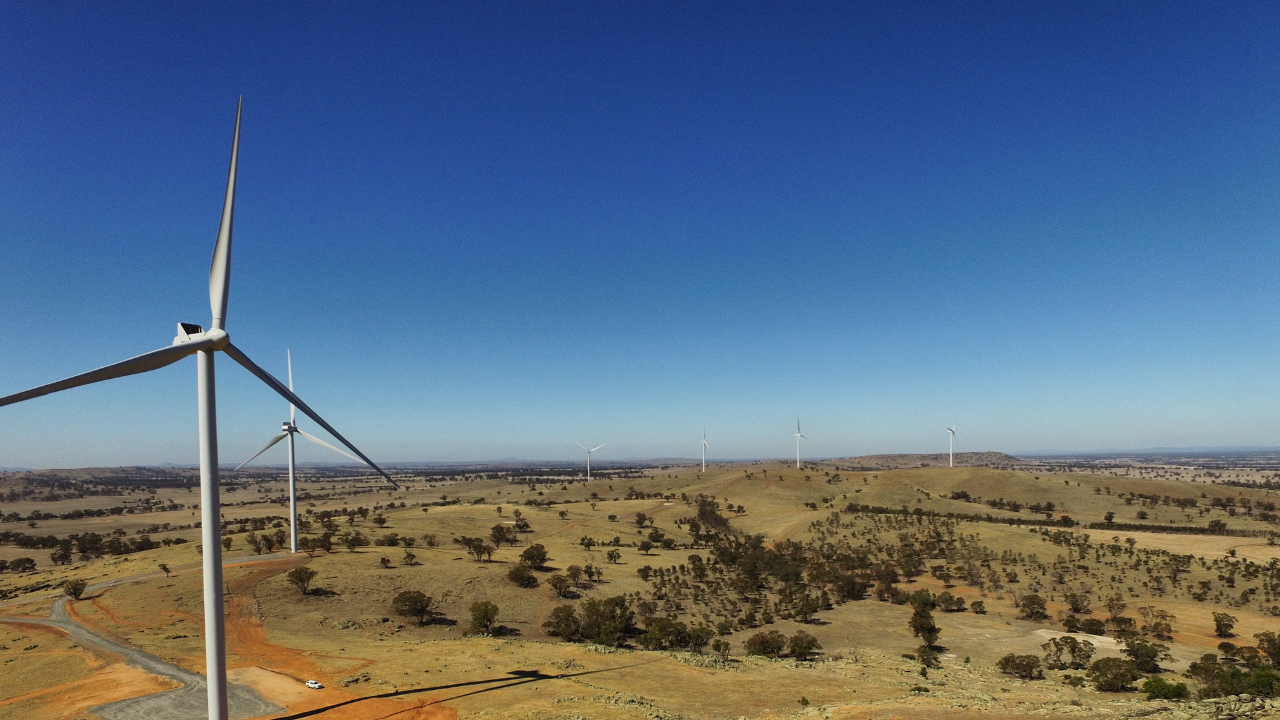
In the 2020/21 Budget, in the eye of a raging global pandemic, we laid out a plan to chart a course to a stronger economy on the other side.
That plan – our fiscal strategy – set out to strengthen Victoria’s financial position and guard against future financial shocks. In 2020, it had four steps.
Step 1: Creating jobs, reducing unemployment and restoring economic growth.
Step 2: Returning to an operating cash surplus.
Step 3: Returning to an operating surplus.
Step 4: Stabilising debt levels.
The first and most important step was to let our balance sheet absorb the blow of the pandemic – to protect people’s jobs, their businesses and their health.
Steps 2 and 3 were about returning to surpluses. We achieved Step 2 by delivering an operating cash surplus in 2022-23 – this is forecast to continue in 2023-24 and beyond. And we remain on track to meet Step 3 from 2025-26. In fact, we’ll deliver a higher operating surplus than we promised before the 2022 election.
Economic indicators show our plan is working – and our economy is growing.
Our economy is now estimated to be almost 11% larger, in real terms, than it was before the COVID‑19 pandemic.
That growth is expected to continue, with Deloitte Access Economics forecasting Victoria’s economy will outpace all other states over the next five years.
The strength of our economy has cemented Victoria as the jobs capital of Australia – and has meant more Victorians have the dignity and security of a job.
And now, because of our sensible and disciplined decisions, we’ve been able to deliver on Step 4 – stabilising net debt as a percentage of gross state product (GSP) for the first time since the pandemic.
An updated fiscal strategy
The decisions in this Budget also enable the Government to embark on an updated fiscal strategy.
That means the Government can now add a Step 5: Beginning a progressive reduction of net debt to GSP levels. This Budget will see net debt to GSP fall for the first time since 2017.
This is a new fiscal setting that is right for our times – with a firm focus on driving new growth across our state.
This work will be further supported by an Economic Growth Statement, to be released later this year.
General government fiscal aggregates
| Unit of | 2022/23 | 2023/24 | 2024/25 | 2025/26 | 2026/27 | 2027/28 |
|---|---|---|---|---|---|---|---|
| Net result from transactions | $ billion | (8.8) | (4.6) | (2.2) | 1.5 | 1.6 | 1.9 |
| Net cash flows from operating activities | $ billion | 4.2 | 0.4 | 1.8 | 6.9 | 6.8 | 6.1 |
| Government infrastructure investment(a)(b) | $ billion | 21.8 | 24.0 | 23.3 | 20.7 | 17.8 | 15.6 |
| Net debt | $ billion | 115.0 | 135.9 | 156.2 | 169.1 | 179.2 | 187.8 |
| Net debt to GSP(c) | % | 20.2 | 22.3 | 24.4 | 25.1 | 25.2 | 25.1 |
Source: Department of Treasury and Finance.
Notes:
(a) Includes general government net infrastructure investment and the estimated construction costs of public private partnership projects.
(b) Includes the estimated private sector construction-related expenditure associated with the North East Link held in the public non‑financial corporations (PNFC) sector.
(c) The ratios to gross state product (GSP) may vary from publications year to year due to revisions to the Australian Bureau of Statistics GSP data.
Victorian economic forecasts (a)
2022/23 | 2023/24 | 2024/25 | 2025/26 | 2026/27 | 2027/28 | |
|---|---|---|---|---|---|---|
Real gross state product | 2.6 | 2.00 | 2.50 | 2.75 | 2.75 | 2.75 |
Employment | 4.3 | 3.25 | 1.00 | 1.75 | 1.75 | 1.75 |
Unemployment rate(b) | 3.7 | 4.00 | 4.25 | 4.50 | 4.75 | 4.75 |
Consumer price index(c) | 6.9 | 4.00 | 2.75 | 2.50 | 2.50 | 2.50 |
Wage price index(d) | 3.4 | 3.75 | 3.75 | 3.25 | 3.25 | 3.25 |
Population(e) | 2.8 | 2.30 | 1.80 | 1.70 | 1.70 | 1.70 |
Sources: Australian Bureau of Statistics; Department of Treasury and Finance
Notes:
(a) Percentage change in year average terms compared with the previous year, except for the unemployment rate (see note (b)) and population see note (e)). Forecasts are rounded to the nearest 0.25 percentage points, except for population (see note (e)). The key assumptions underlying the economic forecasts include interest rates that broadly follow market economists’ expectations; an Australian dollar trade weighted index of 61.4; and oil prices that follow the path suggested by oil futures.
(b) Year average.
(c) Melbourne consumer price index.
(d) Wage price index, Victoria (based on total hourly rates of pay, excluding bonuses).
(e) Percentage change over the year to 30 June. Forecasts are rounded to the nearest 0.1 percentage point.
Updated

